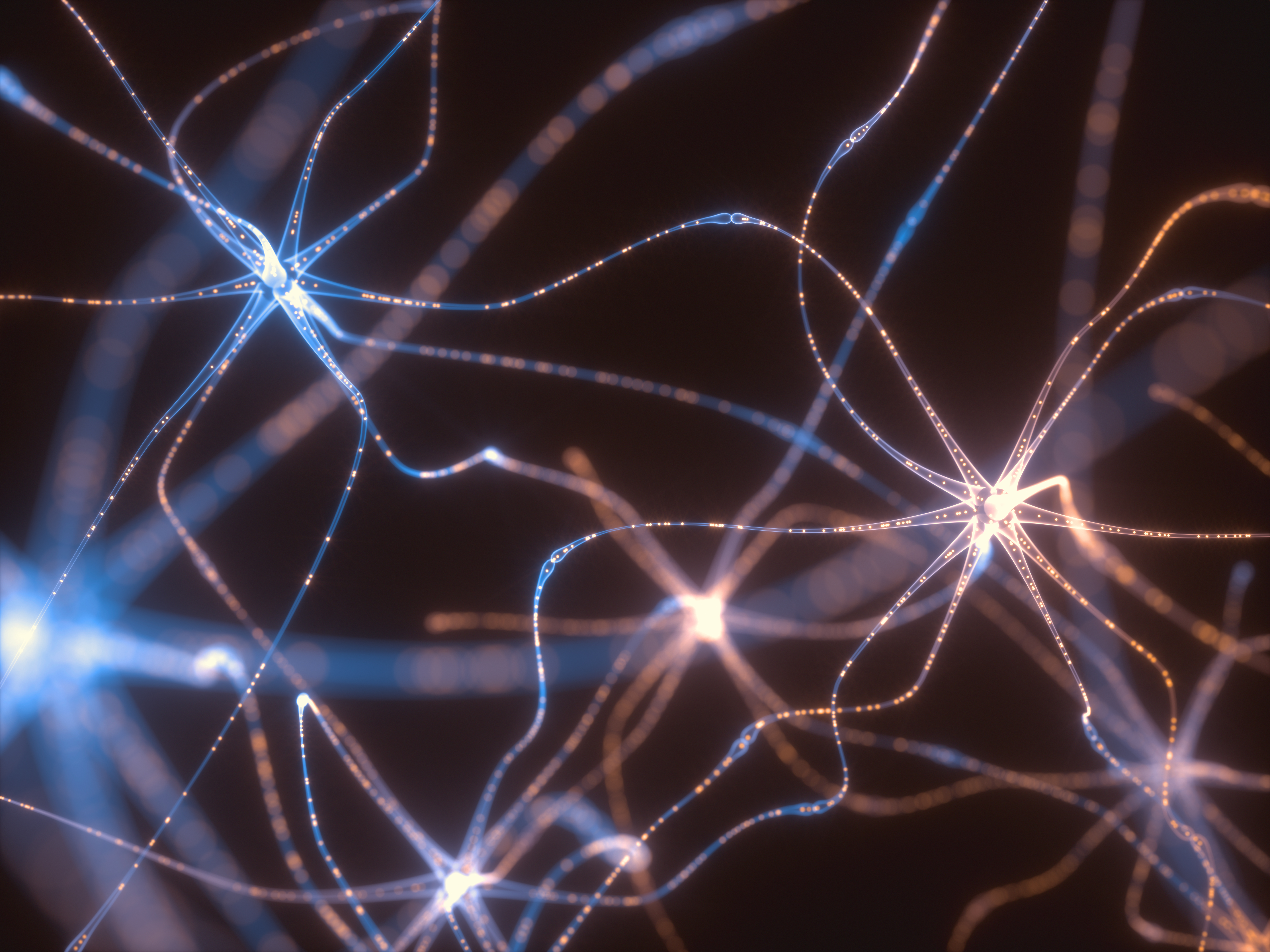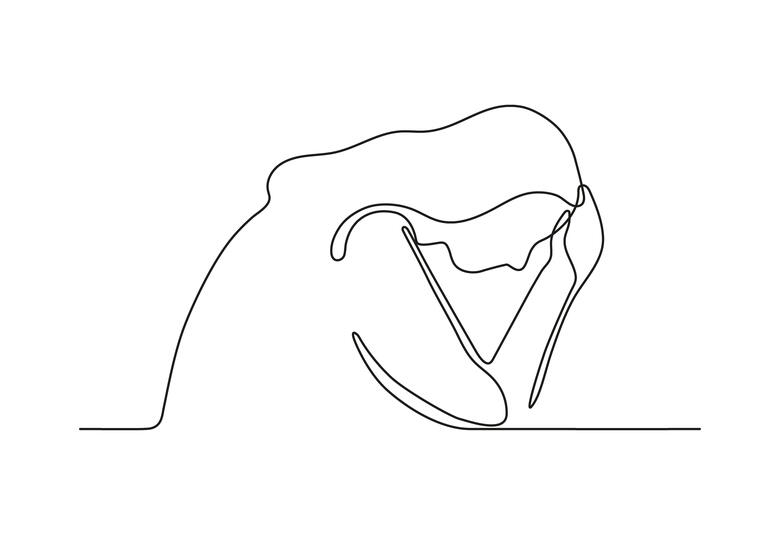The symptoms of major depressive disorder (MDD) vary from patient to patient. The primary treatment used for depression targets serotonin, but many patients do not achieve full symptomatic recovery. Research aimed at identifying the brain and neurotransmitter networks underlying MDD to inform future therapeutic targeting was presented at an intellectually stimulating thought-provoking symposium at CINP 2018. Topics included dopamine system dysregulation, the α5 subunit of the GABAA receptor in the hippocampus, using functional connectivity to characterize psychiatric disorders and guide treatment development, and the use of neuroimaging to predict antidepressant treatment response.
Although serotonin has been linked to major depressive disorder (MDD) historically, the etiology and pathophysiology of MDD are not clear and probably involve a variety of brain circuitry, said Anthony Grace, Professor of Neuroscience, University of Pittsburgh, USA.
Dopamine system, depression and hormones
Despair-like behavior is associated with decreased dopaminergic activity in the ventral tegmental area
It is likely that the dopaminergic (DA) system plays a major role in MDD because decreased DA activity has been shown to lead to a lack of motivation and anhedonia, both of which are characteristic symptoms of depression, Professor Grace said.
Rats presented with mild stressors for 4 weeks develop anxiety and despair-like behavior, associated with decreased DA activity in the ventral tegmental area (VTA),1 he said. The DA activity is restored by reducing the activity of the basolateral nucleus of the amygdala or the ventral pallidum.
The female rats were more susceptible to stress-induced depression and attenuation of DA neuron activity.2 Little is known about the effect of different hormones on DA activity, Professor Grace explained, but recent research is showing decreased DA activity in the VTA in early postpartum female rats. Among this population, some of the rats recover, but others develop a persistent depressive state.
α5 subunit of the GABAA receptor antidepressant effect
Reduced α5 subunit of the GABAA receptor transmission has an antidepressant effect
Alan Frazer, Professor of Pharmacology and Psychiatry, UT Health San Antonio, Texas, US, described the research he has carried out with colleagues on the pathway between the ventral hippocampus and medial prefrontal cortex pathway in rats.3
Use of a negative allosteric modulator to reduce GABAergic transmission by the α5 subunit of the GABAA receptor, which is localized primarily in the hippocampus, produced a sustained antidepressant-like effect.
Using functional connectivity to characterize disorders and guide treatment development
Normative modeling enables individualized predictions
Functional connectivity describes the temporal correlations between spatially remote neurophysiological events, explained Christian Beckmann, Professor of Neuroscience, Neuroscience Centre, Radboud University Medical Centre, Nijmegen, The Netherlands.
A number of large-scale networks in the brain can be identified based on their functional connectivity, and three are important for cognition: the default mode network (DMN), the salience network, and the central executive network (CEN).
Professor Beckmann highlighted a review of resting state functional connectivity networks in MDD,4 which demonstrated:
- increased connectivity within the anterior DMN
- increased connectivity between the anterior DMN and the salience network
- dissociation between the anterior DMN and the posterior DMN
- decreased connectivity between the posterior DMN and the CEN
It’s all in the wiring, explained Professor Beckmann. Connectopics — connectivity between brain regions — aims to unify the mechanisms. Much of the brain cortex is topographically organized.
It’s all in the wiring; connectivity between brain regions aims to unify the mechanisms; and much of the brain cortex is topographically organized.
Normative modeling using big cohort imaging data is a novel approach for analyzing the organization of functional connectivity: it associates brain function with behavior and enables individualized predictions,5 said Professor Beckmann.
Prediction of antidepressant response based on neuroimaging data
Deactivation of the default mode network predicts antidepressant response after two weeks of treatment
Marie Spies of the Medical University of Vienna, Austria described the research she carried out with colleagues on brain activation during the emotion discrimination task and the response to antidepressant.
Normative modeling, a novel approach for analyzing the organization of functional connectivity, associates brain function with behavior and enables individualized prediction
They assessed the response to antidepressant treatment in 23 patients with MDD using:
- functional magnetic resonance imaging — to demonstrate changes to brain activation patterns during emotion processing
- the Hamilton Depression Rating Scale
They found that deactivation of the DMN — the posterior cingulate cortex and the precuneus —predicted an antidepressant response after 2 weeks of treatment, but did not predict the response after 4 weeks.
Brain activity during emotion processing predicts an early antidepressant response in patients with MDD
Brain activity during emotion processing predicts an early antidepressant response in patients with MDD, concluded Dr Spies.




